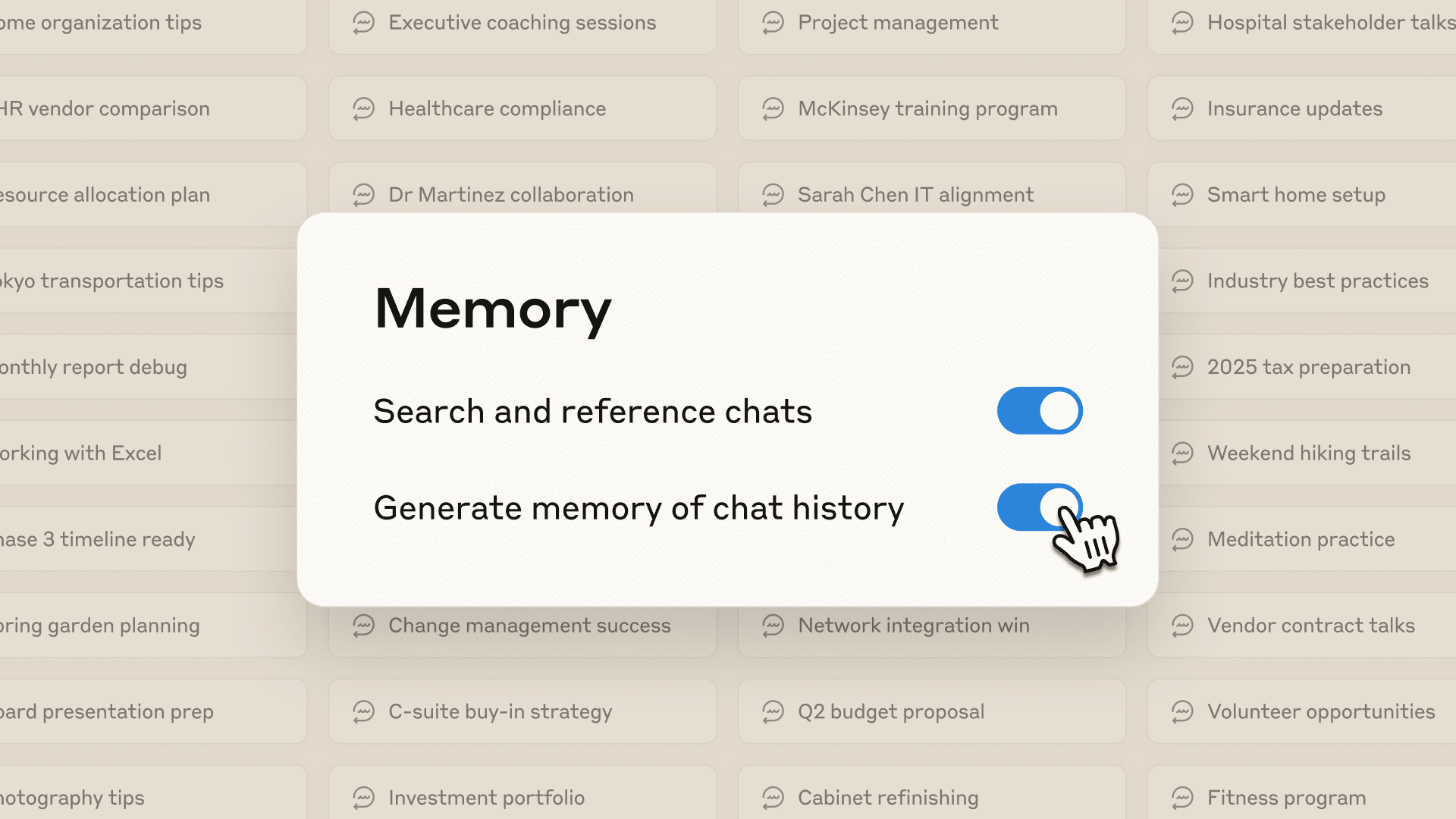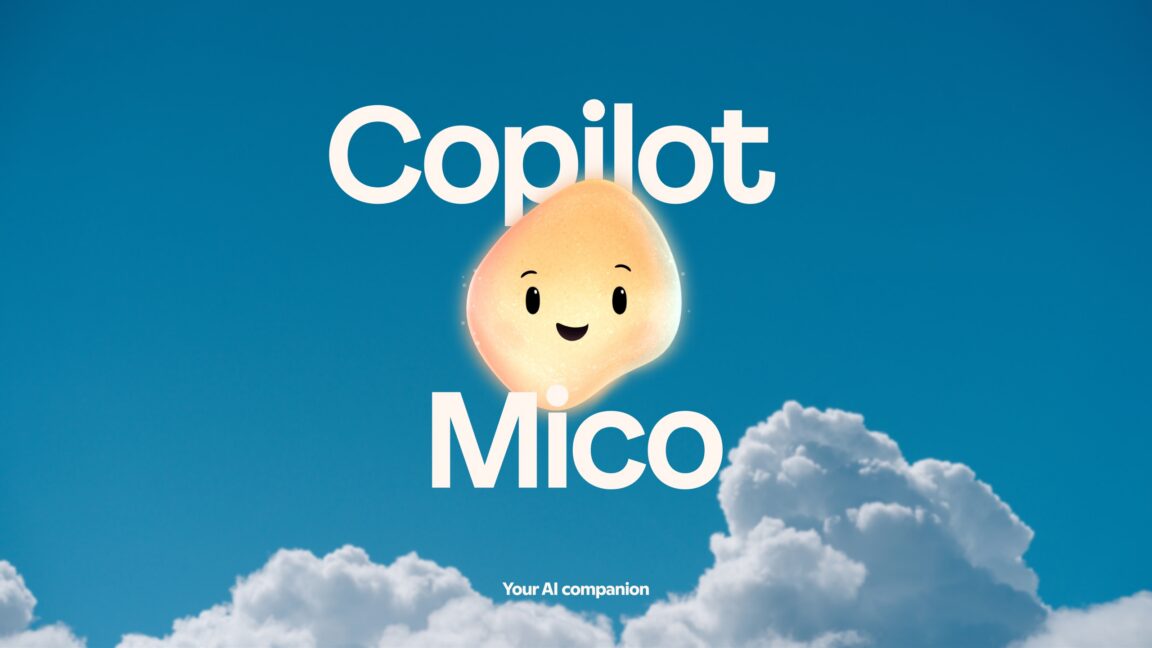Microsoft has unveiled Mico, an AI assistant designed to enhance user interaction through voice, marking a significant evolution from its predecessor, Clippy.
The Legacy of Clippy
Nearly three decades have passed since Microsoft’s Office assistant, Clippy, made its debut as an animated paperclip that often interrupted users with unsolicited advice. Clippy was intended to assist users with Microsoft Office applications, but its intrusive nature led to widespread frustration. The character was officially retired in 2001 with the release of Office XP, but its legacy has lingered in the minds of users and tech enthusiasts alike.
In the years following Clippy’s retirement, Microsoft attempted to create a more sophisticated virtual assistant with Cortana, which was introduced on Windows Phone. However, the technology at the time was not advanced enough to meet user expectations, and Cortana’s functionality was limited. The assistant was eventually phased out, culminating in the shutdown of the Cortana app on Windows 11 a couple of years ago.
Introducing Mico
Fast forward to the present, Microsoft is ready to make another attempt at creating a user-friendly virtual assistant with Mico, a character designed for the voice mode of Copilot. Jacob Andreou, corporate VP of product and growth at Microsoft AI, shared insights about Mico in an interview with The Verge. “Clippy walked so that we could run,” he quipped, highlighting the evolution of virtual assistants.
Mico, which rhymes with “pico,” has been in testing for several months. It is designed to respond with real-time expressions as users interact with it. This feature aims to create a more engaging experience, allowing users to build a connection with the character. “You can see it; it reacts as you speak to it, and if you talk about something sad, you’ll see its facial expressions react almost immediately,” Andreou explained. This responsiveness is intended to make the interaction feel more natural and less mechanical.
The Role of Memory
One of the standout features of Mico is its integration with a new memory function within Copilot. This capability allows Mico to recall facts it has learned about users and their ongoing projects. By personalizing interactions, Mico aims to enhance user experience, making it not just a tool, but a companion that understands individual needs.
Learn Live Mode: A New Approach to Learning
In addition to its conversational abilities, Mico will also introduce a “Learn Live” mode. This feature transforms the character into a Socratic tutor, guiding users through concepts rather than simply providing answers. This approach is particularly beneficial for students preparing for exams or individuals learning new languages. Mico employs interactive whiteboards and visual cues to facilitate learning, making the process more engaging and effective.
Target Audience
The introduction of Learn Live mode indicates that Microsoft is targeting a diverse audience, from students to professionals. By creating a virtual assistant that can adapt to various learning styles, Microsoft is positioning Mico as a valuable resource in educational settings. The ability to provide personalized guidance could make Mico a preferred choice for those seeking assistance in complex subjects.
Building an Identity for Copilot
Mico is part of a broader initiative to give Copilot a distinct identity. Mustafa Suleyman, CEO of Microsoft AI, hinted at this vision earlier this year, stating, “Copilot will certainly have a kind of permanent identity, a presence, and it will have a room that it lives in, and it will age.” This statement underscores Microsoft’s intention to create a more relatable and enduring virtual assistant that evolves alongside its users.
Marketing Strategy
To support this initiative, Microsoft is launching a marketing campaign that promotes the latest Windows 11 PCs as “the computer you can talk to.” This strategy aims to normalize voice interactions with technology, a concept that has faced challenges in the past. Microsoft’s previous attempts to encourage users to engage with Cortana on Windows 10 PCs did not yield the desired results, leading to the eventual discontinuation of the Cortana app.
Challenges Ahead
Despite Mico’s advanced capabilities, Microsoft will still encounter several challenges in convincing users that speaking to a computer is a natural behavior. The stigma surrounding voice assistants, stemming from past experiences with Clippy and Cortana, may hinder user adoption. Mico must not only demonstrate its utility but also establish trust and rapport with users.
Incorporating Humor and Easter Eggs
To address these challenges, Mico will include Easter eggs and humorous interactions, reminiscent of Clippy’s playful nature. Andreou teased, “It’s funny you mention Clippy; there is an Easter egg when you get to try Mico. If you poke Mico very very quickly, something special may happen.” This playful approach aims to create a more enjoyable experience, encouraging users to engage with Mico in a lighthearted manner.
Initial Availability and Future Prospects
At launch, Mico will be available exclusively in the United States, a decision that may limit its initial reach. A previous draft of a Microsoft blog post incorrectly stated that Mico would also be available in the UK and Canada, but this has since been corrected. The decision to launch in the U.S. first may be a strategic move, allowing Microsoft to gather user feedback and make necessary adjustments before expanding to other markets.
Potential for Global Expansion
Should Mico prove successful in the U.S. market, Microsoft may consider rolling out the assistant to other countries. The global demand for AI-driven virtual assistants continues to grow, and Mico’s unique features could position it favorably against competitors. However, Microsoft will need to ensure that Mico can adapt to various cultural contexts and languages to maximize its appeal.
Conclusion
Mico represents a significant step forward in Microsoft’s quest to create a more engaging and effective virtual assistant. By learning from the past and incorporating advanced technology, Mico aims to provide users with a personalized and interactive experience. As Microsoft continues to refine its approach to AI, the success of Mico will depend on its ability to resonate with users and overcome the challenges that have plagued voice assistants in the past.
Source: Original report
Was this helpful?
Last Modified: October 23, 2025 at 11:39 pm
1 views















